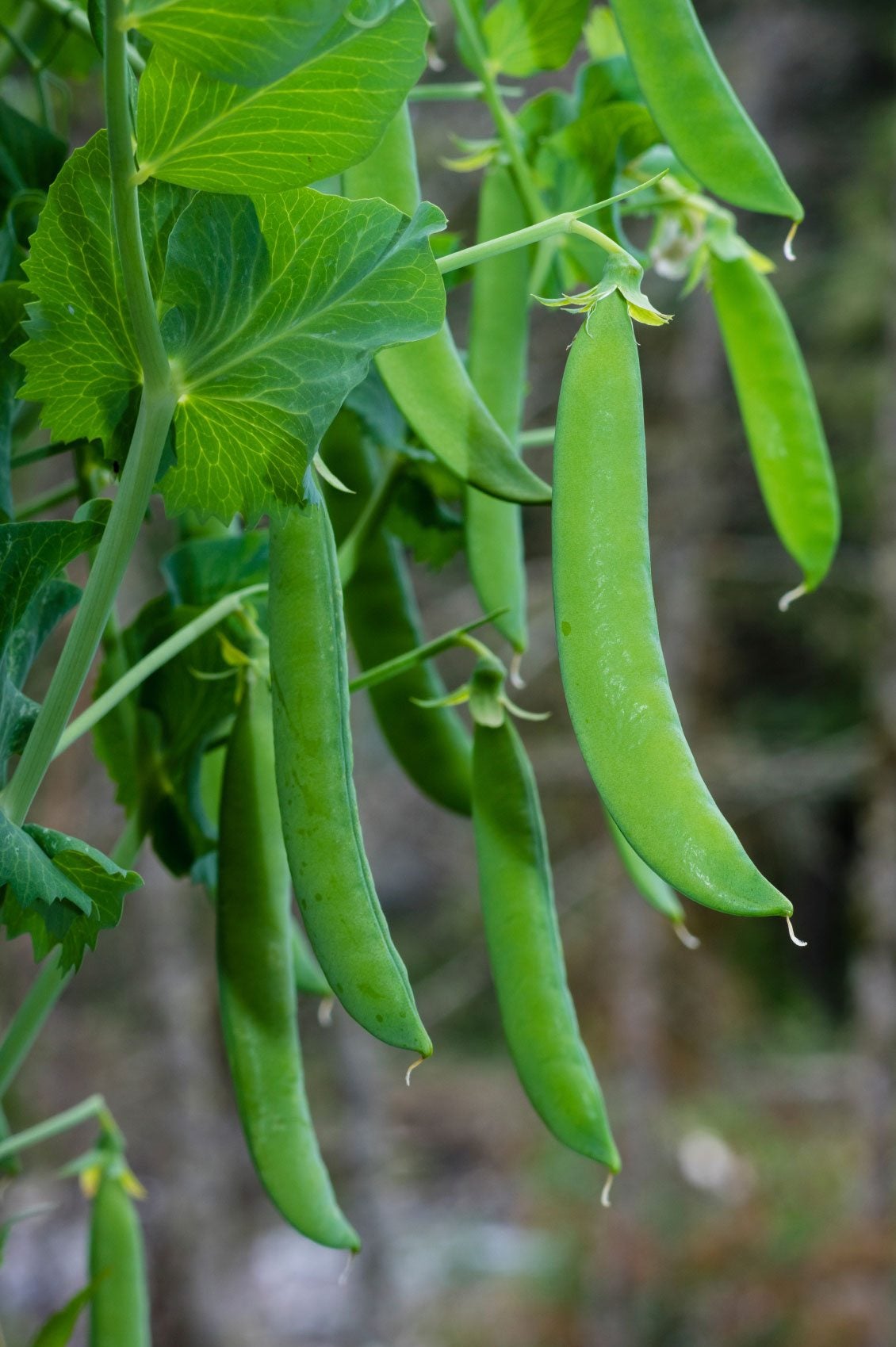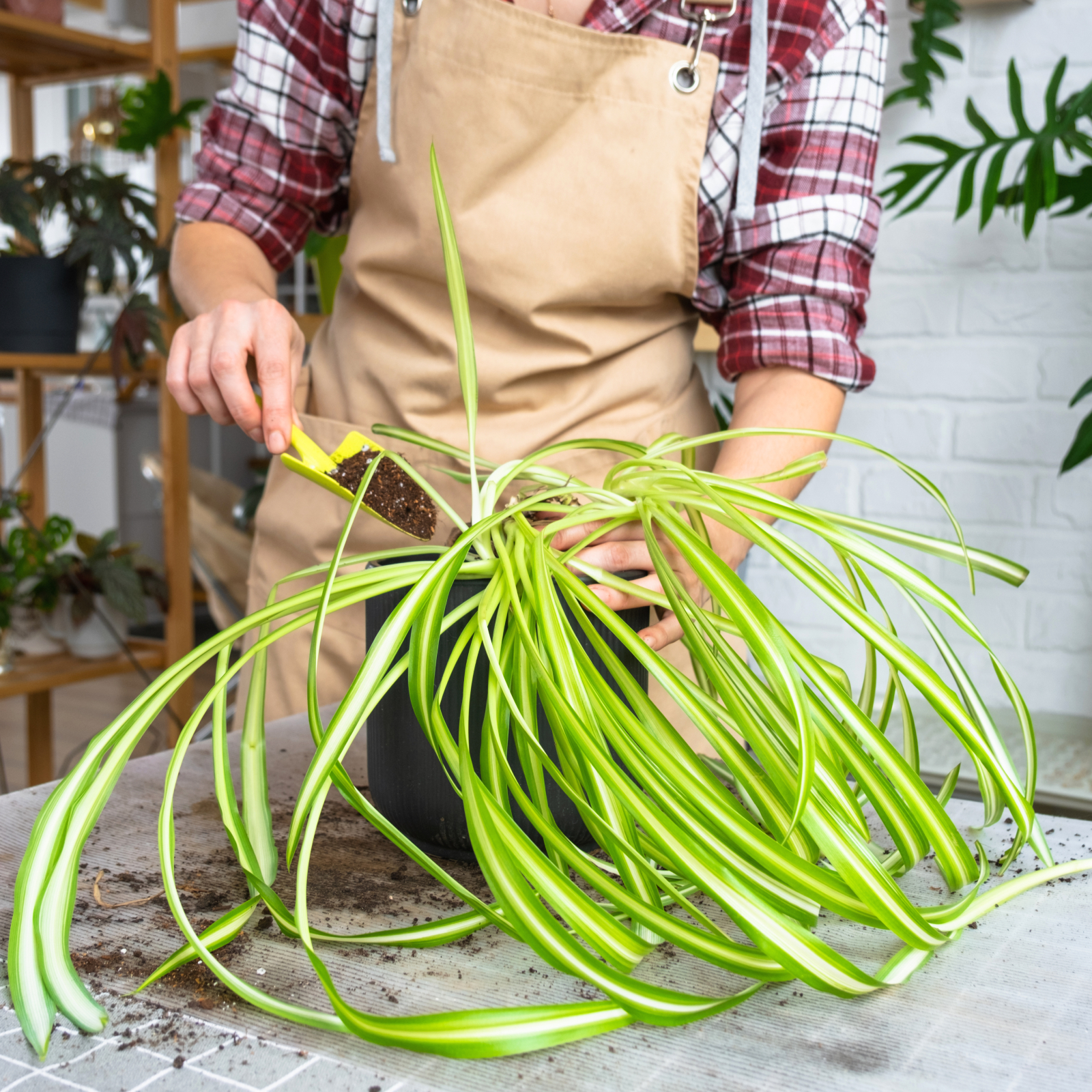Pot Grown Garden Peas: How To Grow Peas In A Container

Growing and harvesting your own garden veggies gives one huge sense of satisfaction. If you are without a garden proper or just low on yard space, most vegetables can be grown in containers; this includes growing peas in a container. Peas can be planted in a pot and kept inside or outside on a deck, patio, stoop, or roof.
How to Grow Peas in a Container
Container garden peas will undoubtedly yield a smaller harvest than those grown in a garden plot, but the nutrition is all still there, and it's a fun and low-cost means of growing your own peas. So the question is, “How to grow peas in containers?” Keep in mind that pot-grown peas require more water than garden grown, possibly up to three times a day. Due to this frequent irrigation, the nutrients are leached out from the soil, so fertilization is key to growing healthy peas in a container. First of all, choose the pea variety you wish to plant. Almost everything in the Leguminosae family, from snap peas to shelling peas, can be container grown; however, you may wish to select a dwarf or bush variety. Peas are a warm season crop, so growing peas in a container should begin in the spring when temperatures warm to over 60 degrees F. (16 C.). Next, select a container. Almost anything will work as long as you have drainage holes (or make three to five holes with a hammer and nail) and measures least 12 inches (31 cm.) across. Fill the container with soil leaving a 1 inch (2.5 cm.) space at the top. Create a support for the potted pea with bamboo poles or stakes set into the center of the pot. Space the pea seeds 2 inches (5 cm.) apart and 1 inch (2.5 cm.) beneath the soil. Water in thoroughly and top with a 1 inch (2.5 cm.) layer of mulch, like compost or wood chips. Keep the seeds in a lightly shaded area until germination (9-13 days) at which time you should move them to a full sun exposure.
Caring for Peas in Pots
- Keep an eye on whether the plant is too dry and water until the soil is moist but not drenched to prevent root rot. Don't overwater when in bloom, as it may interfere with pollination.
- Once the peas have sprouted, fertilize twice during the growing season, using a low nitrogen fertilizer.
- Be sure to protect your container grown peas from frost by moving them indoors.
Gardening tips, videos, info and more delivered right to your inbox!
Sign up for the Gardening Know How newsletter today and receive a free copy of our e-book "How to Grow Delicious Tomatoes".

Amy Grant has been gardening for 30 years and writing for 15. A professional chef and caterer, Amy's area of expertise is culinary gardening.
-
 4 Superfast Composting Methods: Turn Waste Into Garden Gold In 30 Days Or Less
4 Superfast Composting Methods: Turn Waste Into Garden Gold In 30 Days Or LessTry the fastest composting methods to turbocharge your pile and transform kitchen scraps and garden waste into finished compost in just a few weeks.
By Mary Ellen Ellis
-
 Best Spider Plant Soil – Complete Soil Guide And Expert Tips For Keeping Plants Happy
Best Spider Plant Soil – Complete Soil Guide And Expert Tips For Keeping Plants HappySpider plants are fun and easy plants to grow, but what is the best soil for a spider plant? Selecting the right soil is important so they can thrive.
By Bonnie L. Grant